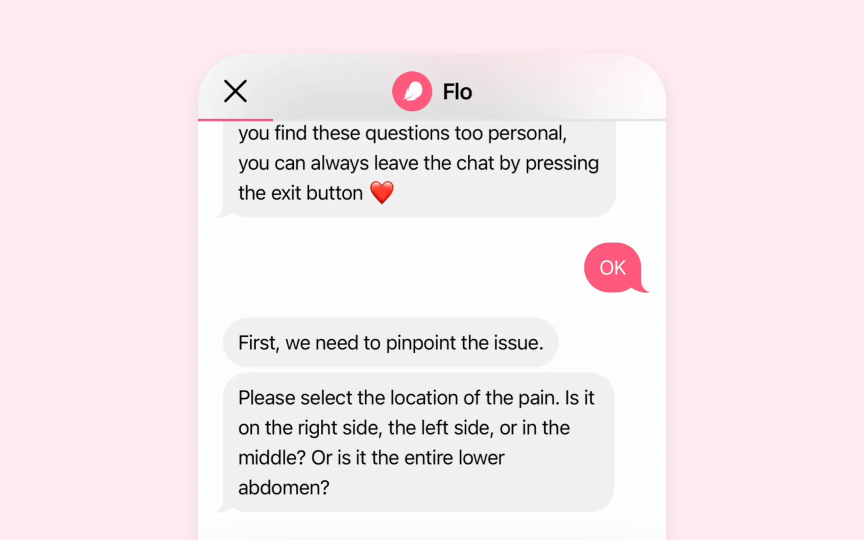Defining the guardrail spectrum
Guardrails in AI design are systems that ensure AI tools operate in alignment with an organization's standards, policies, and values. According to McKinsey, guardrails fall into five main types based on specific risks they address:
- Appropriateness guardrails filter out toxic, harmful, biased, or stereotypical content before it reaches users.
- Hallucination guardrails ensure AI-generated content doesn't contain factually wrong or misleading information.
- Regulatory-compliance guardrails validate that content meets general and industry-specific requirements.
- Alignment guardrails ensure that generated content aligns with user expectations and maintains brand consistency.
- Validation guardrails check that content meets specific criteria and can funnel flagged content into correction loops.[1]
The appropriate guardrail implementation depends on context and industry. Financial or healthcare applications typically require stricter guardrails due to regulatory requirements and risk factors, while creative tools might allow more flexibility to support user expression. Effective guardrail design balances AI flexibility with the importance of safe, predictable outputs.
Pro Tip: Map your guardrail requirements on a spectrum from high to low restriction, then adjust based on risk assessment and user testing.

